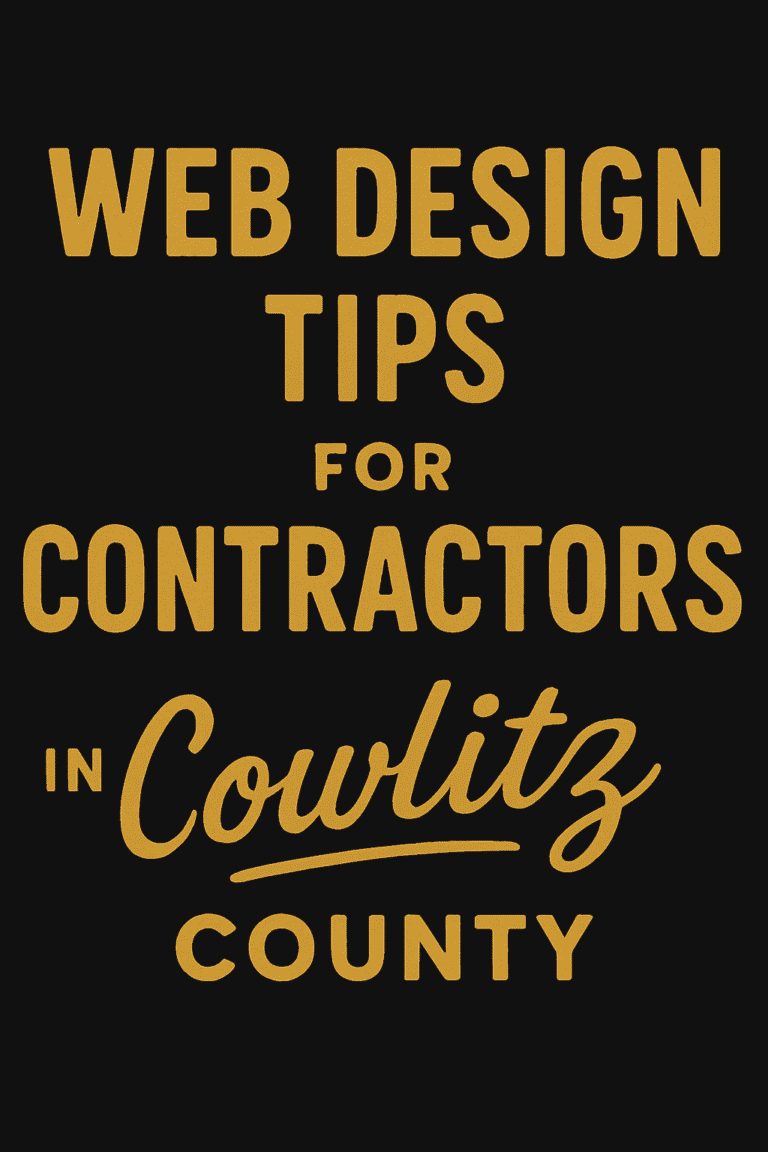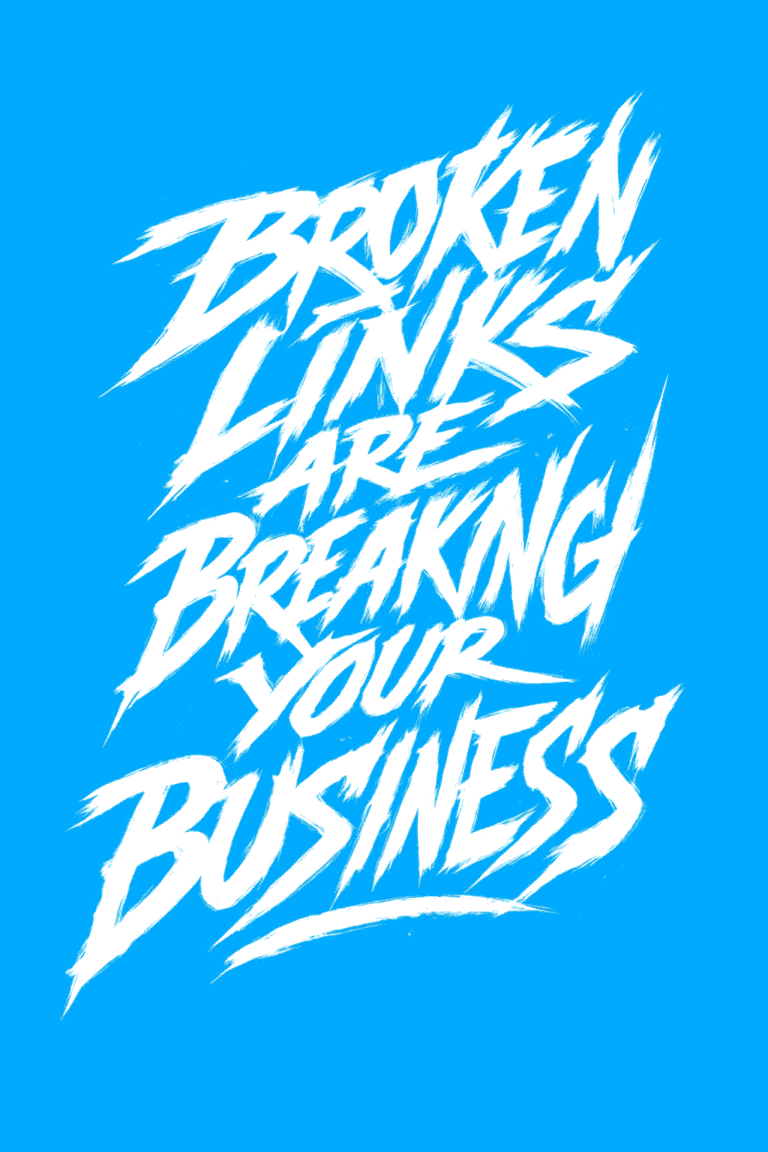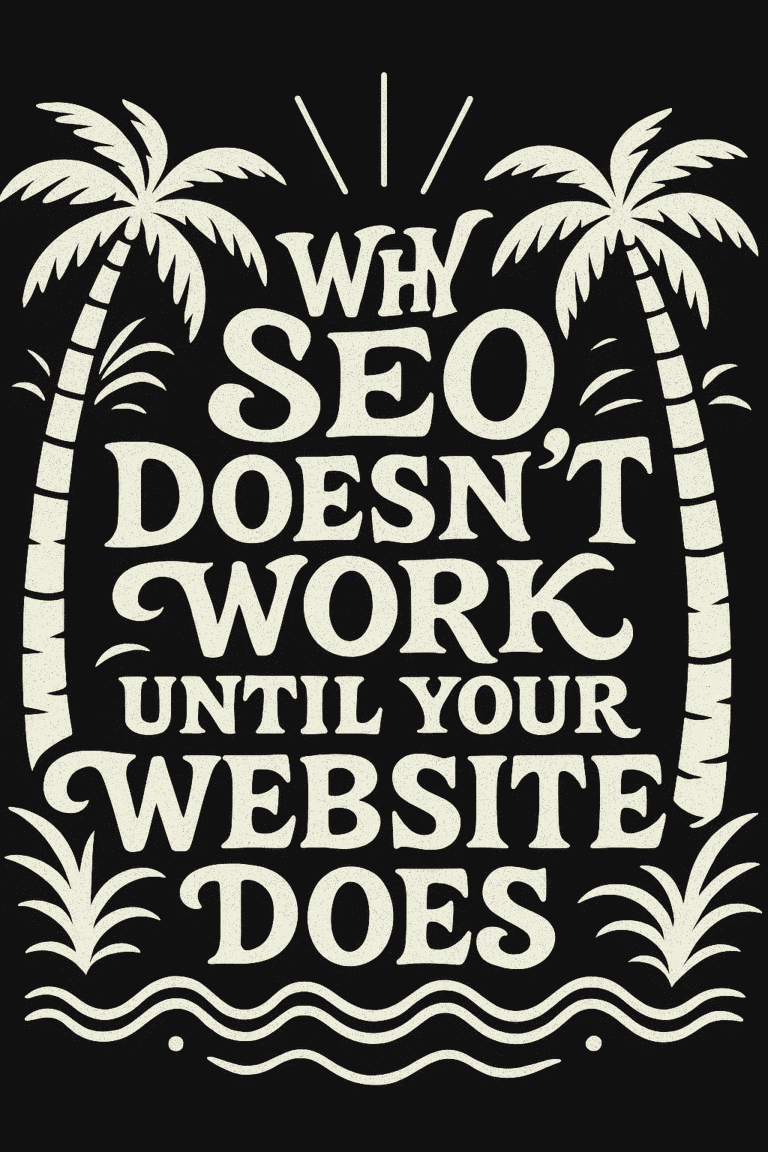
In this blog post, we invite you to join us as we reflect on our experiences and share the lessons we’ve learned from building hundreds of websites. From the common pitfalls to avoid, to the importance of user experience, and the role of SEO, we’ll delve into the different facets of web design that have shaped our journey. Whether you’re a seasoned web designer, a budding developer, or simply curious about the process, there’s a wealth of knowledge waiting for you.
So, let’s embark on this journey together and explore the fascinating world of web design.
Stepping into the Shoes of a Web Architect
Web design is no easy feat. It requires a deep understanding of your target audience, the industry you’re in, and current web trends. As an architect, you have to consider all these factors when developing a website that meets the needs of your users. You must be willing to take risks and try new things while remaining true to your brand identity. It’s a delicate balancing act between art and science, but the end result can be extraordinary. Here are some tips to help you become adept at web design:
- Research extensively: You need to have an in-depth understanding of how users interact with websites, what they’re looking for, and the general trends in your industry. This way, you can tailor your design to meet the needs of your target audience.
- Get creative with visuals: Visuals create a deeper connection with users and can be used to convey ideas or tell stories. It’s important to experiment with different elements and techniques in order to make your website stand out.
- Test, test, and test again: As much as you research and plan, there is no substitute for user testing. Testing allows you to identify areas that need improvement and optimize your design for maximum user satisfaction.
- Keep up with the trends: Technology is constantly changing and evolving, so it’s important to stay up-to-date on new tools and trends in web design. This way, you can make sure your website is modern, relevant, and competitive.
Common Pitfalls in Web Design and How to Avoid Them
Web design is a complex process that involves many different elements. If even one element is off, the entire site can suffer from poor user experience or low engagement rates. To ensure success, here are some common pitfalls in web design you should be aware of, and how to avoid them:
- Poor UX design: User experience should be at the core of your web design efforts. Make sure navigation flows logically, content is easy to find, and features are intuitive to use. Otherwise, users may leave your site with a negative impression.
- Sloppy coding: When coding a website, it’s important to use semantic HTML and well-structured CSS. Poorly written code can cause a number of issues, including slow page load times, accessibility problems, and search engine penalties.
- Ignoring SEO: Search engine optimization is essential for any website that wants organic visitors from Google and other search engines. Make sure you include relevant keywords, optimize page titles and descriptions, create sitemaps, and use other SEO techniques to boost your rankings.
- Not using visuals: Visuals can enhance a website in a number of ways. Use images, videos, infographics, or other visual elements to capture the attention of visitors and keep them engaged. This will help you build trust with your audience and improve usability.
Keeping Up with the Ever-Evolving Web Design Trends
Web design is a constantly changing field, driven by advances in technology and new trends that emerge almost daily. To stay ahead of the curve, it’s important to keep up with the latest developments and incorporate them into your designs. Here are some tips to help you stay on top of web design trends:
- Follow industry leaders: Keep an eye on what other designers are doing, especially the professionals you admire and aspire to emulate. These people have their finger on the pulse of web design and can help you stay up-to-date with the latest trends.
- Participate in online communities: Get involved in web design forums and social media groups to stay informed and interact with other designers. This is a great way to learn from your peers, share ideas, and discover new trends before they become mainstream.
- Use the right tools: Invest in quality design tools that can help you create modern websites without needing an advanced degree in coding or design. This will enable you to keep pace with the ever-evolving web design landscape.
- Experiment: Don’t be afraid to experiment with new techniques and technologies. If something doesn’t work out, it’s ok — you’ll learn from your mistakes and be better prepared for what comes next. That’s how progress is made!
The Role of SEO in Building Effective Websites
Search engine optimization (SEO) is an essential part of web design. Without it, your website may never get seen by your target audience. SEO involves optimizing websites for search engines so that they appear at the top of the results page when someone searches for a particular keyword or phrase. Here are some tips to help you optimize your website for SEO:
- Start with keyword research: Identifying the right keywords and phrases to target is key to successful SEO. Use a keyword research tool like Google Keyword Planner to find relevant keywords related to your industry or product/service.
- Optimize page titles and descriptions: Your page titles should include the targeted keywords, and should be unique and descriptive. Similarly, your page descriptions should include the targeted keywords in a natural way that reads well to both search engines and users.
- Create content regularly: Fresh and relevant content is essential for SEO success. Aim to create new content on a regular basis so you can continually engage with your target audience and climb up the search engine rankings.
- Make sure your website is mobile-friendly: Mobile optimization is crucial these days, as more and more users access the web from their phones and tablets. Make sure your website works well on all devices, or you can risk losing a lot of potential traffic.
UX and UI: The Heartbeat of a Great Website
UX design and UI design go hand in hand when building great websites. UX (user experience) design is the overall process of optimizing user experiences on a website, while UI (user interface) design focuses on the look and feel of the individual elements — such as buttons, menus, forms, and other interactive parts — that make up a website. Here are some tips for making sure your UX and UI design are on point:
- Understand user needs: Before diving into the details of designing, take the time to understand who you’re designing for and what their needs are. This will help ensure that all of the elements you create have a purpose and contribute to a positive user experience.
- Keep it simple: Don’t overcomplicate things. Make sure your design is clean, intuitive, and easy to use. A simple interface makes it easier for users to find what they’re looking for and complete tasks quickly and efficiently.
- Pay attention to details: Don’t overlook the small stuff — make sure all of the elements in your UI design are pixel-perfect and aligned correctly. This will ensure your website looks professional and creates a good impression on visitors.
- Test, test, test: Never launch a website without testing it first. Test the interface for usability and ease of use; make sure all the elements are working properly; and check that there are no compatibility problems with different browsers or devices. This will help you iron out any issues before your site goes live.
The Importance of Regular Website Maintenance
Regular website maintenance is essential for ensuring your website remains up-to-date, secure, and running smoothly. Here are some tips to help you keep your website in top shape:
- Keep plugins and software up-to-date: Make sure all the plugins and software used on your website (such as WordPress or Magento) are always updated with the latest versions. This will ensure your website is running on the most recent and secure version of the software, helping to prevent security breaches or other technical issues.
- Use backups: Make sure you’re regularly backing up your website so you can restore it in case of any unforeseen problems or disasters. This will save you a lot of time and stress down the line if something goes wrong.
- Monitor your website: Keep an eye on how your website is performing and address any issues as soon as they arise. This includes monitoring the loading speed of pages, uptime, and other performance metrics to ensure everything is running smoothly.
- Have a maintenance plan in place: It’s important to have an effective maintenance plan for your website so that all important tasks are done on a regular basis. This will help ensure your website is always running optimally and remains secure.
Essential Tools and Resources in our Web Design Toolbox
There are a number of essential tools and resources every web designer should have in their toolbox to help them build modern websites quickly and efficiently. Here are some of the most important ones:
- Design software/tools: Invest in premium design software, such as Adobe Creative Cloud, Sketch, or Figma, to create beautiful designs with ease. Alternatively, you can consider using free tools such as GIMP or Canva.
- HTML/CSS Editors: A good code editor is essential for any web designer. Popular options include Sublime Text, Atom, and Visual Studio Code.
- Browser developer tools: Your browser’s built-in developer tools are invaluable for debugging and testing websites. Make sure you’re familiar with your browser’s developer console and the features it offers.
- Testing tools: Quality assurance is a vital part of web design, so make sure to invest in a good testing tool, such as BrowserStack or LambdaTest, that can help you test websites on different browsers and devices.
- Website hosting: When it comes to hosting your website, you have plenty of options to choose from. Do some research and select the solution that suits your needs best.
- A good CMS: Content management systems are essential for creating modern websites quickly and easily, so make sure to invest in a good one.
Gazing into the Future of Web Design
The web design industry is constantly evolving, and it’s important for designers to stay on top of the latest trends. Here are some of the biggest trends you should keep an eye on in 2024 and beyond:
- AI and machine learning: Artificial intelligence (AI) and machine learning (ML) are becoming increasingly important in web design, as they enable designers to create personalized experiences for users.
- Motion UI: Motion UI helps bring life to static interfaces by adding animation and other effects that grab the user’s attention. This technique is becoming more and more popular as people move away from flat design.
- Voice user interfaces: With the rise of voice assistants, such as Alexa and Google Home, voice user interfaces (VUIs) are becoming increasingly important in web design. Designers should keep an eye on this trend and start incorporating elements that make it easier for users to interact with their sites using voice commands.
- Immersive experiences: Virtual reality (VR) and augmented reality (AR) are becoming more mainstream, and web designers need to be prepared to create immersive experiences for users who access their sites using a VR or AR device.
- Modular design: Modular design is all about breaking down websites into smaller, modular components that can be reused in different contexts. This helps designers create flexible and adaptable websites that are easier to maintain.
- Accessibility: Web accessibility is important for ensuring everyone can use your website, regardless of their physical or cognitive abilities. Designers should always keep accessibility in mind when creating web designs, making sure all users can access and interact with the site properly.
Wrapping Up Our Journey and Looking Ahead
Web design has come a long way since its humble beginnings, and it will continue to evolve in the years to come. It’s important for web designers to stay on top of the latest trends and technologies if they want to create modern, professional websites that provide an exceptional user experience.
If you’re looking for a reliable partner to design and build your website, look no further than Graticle Design. Our team of experienced web designers have been building high-quality, feature-rich websites for over 14 years. Throughout that time, we have created hundreds of websites that are tailored to the needs of our clients and designed to impress their users. Our team will help you create a website that looks great, functions properly, and helps achieve your goals. Contact us today to learn more about how we can help you (360) 450-3711.





